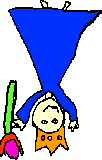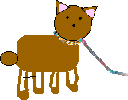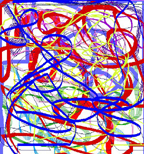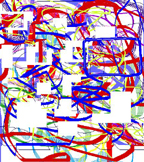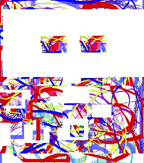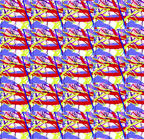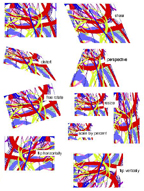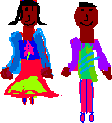Transforming Fairy Tales |
||||||
INTRODUCTION:
For the first time, I began the school year
working with the students in my computer room using a
painting document instead of a writing program. I thought
that this would make it easier for them to understand
editing concepts such as, cutting, pasting and copying.
It was also a great motivator and eliminated many of the
frustrations that some children experience when they
begin working on computers for the first time. After
experimenting with the various painting tools in
Appleworks painting, I introduced the concept of transformation..
|
||||||
|
PROCEDURE:
The scribble: I asked the students to open a painting
document in AppleWorks. By double-clicking on the
paintbrush, they are offered a wide array of brushes. The
instructions were to use as many brushes and colors to
create an "abstract" work. |
|||||
 Jackson Pollock, Number 1, 1950 (Lavender Mist) |
 Jackson Pollock --The New York Times Magazine August 20, 1956 |
|||||
|
THE
TRANSFORMATIONS: Click on the pictures below if
you need directions for the following painting skills. |
|||||
|
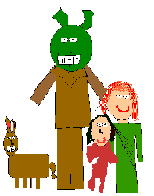 9. Helpful Web sites |
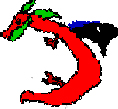 Lesson 8. Putting the pages together |
||||

